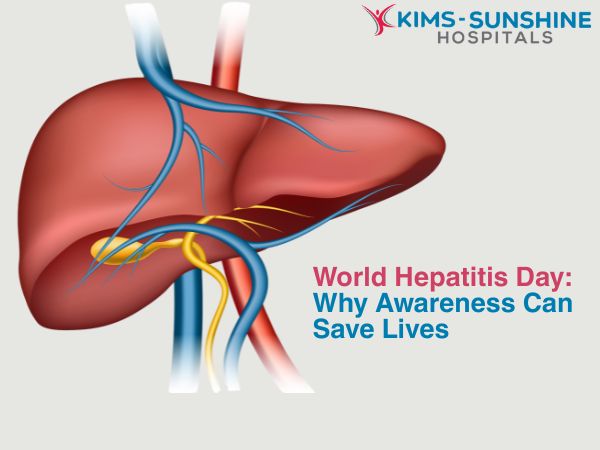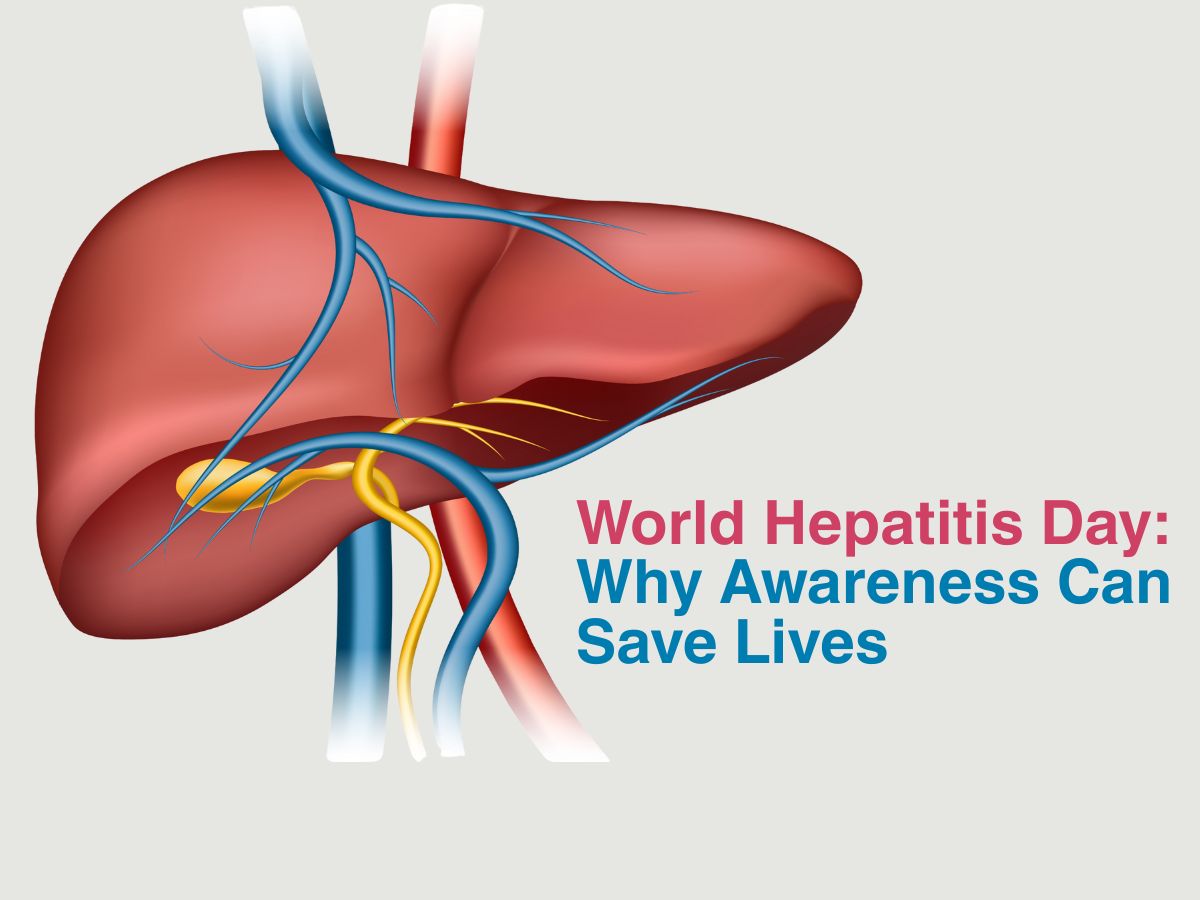
World Hepatitis Day: Why Awareness Can Save Lives

When Is World Hepatitis Day Observed Every Year?
Every year, on 28 July, the world lights a quiet candle for an illness that often leaves no sound behind. World Hepatitis Day isn’t just an entry in the calendar. It is a necessary whisper across borders, gently urging people to pay attention to what’s often neglected- the liver which is the body’s unspoken sentinel. Spearheaded by the World Health Organisation and celebrated globally, this day brings together scientists, survivors, clinicians and citizens under one unified flag.
What Is The Theme Of World Hepatitis Day 2025?
This year’s theme, “Hepatitis: Let’s Break It Down”, is not a suggestion. It is a wake-up call. It is a powerful invitation to dismantle the invisible barriers that hinder prevention, testing, treatment and care. These are not just medical hurdles; they are financial constraints, stigma, bureaucratic red tape and gaps in public knowledge. This theme urges us to simplify services, amplify voices and weave liver care into the fabric of India’s healthcare narrative. India has the resources. The science is here. The vaccines are here. But the bridges between science and society are still under construction. Every article, every conversation, every clinic poster moves us closer.
How Hepatitis Spreads And How To Prevent It
Hepatitis is not a singular disease. It’s a quiet conspiracy – different viruses having different disguises, but with a common target: the liver. Though they enter the body through different doors, they often exit the same way -through fatigue, jaundice, cirrhosis, or worse.
The virus travels in many ways:
- Contaminated food and water – especially in crowded areas with poor sanitation, which can lead to hepatitis A and E.
- Blood and bodily fluids – through unsterile injections, unsafe sex and shared needles, can transmit hepatitis B, C, and D respectively.
- Vertical transmission from mother to child is also a route, especially for hepatitis B.
But here’s the silver lining: it’s mostly preventable. - Vaccination stands as the immune system’s bodyguard. Hepatitis A and B vaccines are readily available and part of India’s immunisation programme.
- Clean water and safe food are armour for the vulnerable.
- Tested blood, sterile syringes and safe sex practices are simple, effective shields.
- Awareness in pregnancy ensures newborns don’t inherit a virus they never asked for.
When you look at it clinically, prevention is not difficult. What’s difficult is the will to prioritise it until it’s too late.
Difference Between Hepatitis A, B, C, D, And E
Let us decode the alphabet soup of hepatitis, where each letter is a different melody, but the liver is always the drum absorbing the beat.
- Hepatitis A is waterborne and short-lived. Like a summer storm, it causes sudden discomfort but usually passes. It rarely causes long-term damage, and prevention lies in hygiene and vaccination.
- Hepatitis B is far more insidious. It may stay in the bloodstream for life, leading to cirrhosis or liver cancer. It is transmitted through blood, unprotected sex and from a mother to her unsuspecting baby. Thankfully, it can be vaccinated against.
- Hepatitis C is often called the silent infiltrator. Spread mostly through blood, it can live inside someone for decades before causing symptoms. Unlike B, there’s no vaccine. But curative treatment now exists, if caught in time.
- Hepatitis D is the parasite of the parasite. It only occurs in those already infected with hepatitis B and makes the disease worse. But again, hepatitis B vaccination protects against it.
- Hepatitis E often affects younger adults and pregnant women, especially in areas with inadequate sanitation. It’s waterborne and typically self-limiting, though severe in expectant mothers.
Each form writes its own story, but all share the same antagonist – Inattention or ignorance.
Conclusion
To call hepatitis a medical issue would be an understatement. It is a public health puzzle, a policy oversight, a social inequity and often, a tragedy of silence. One that does not always arrive with fireworks or fever, but with fatigue, malaise and then, sometimes, a coffin. World Hepatitis Day is not about raising alarms for the sake of fear. It’s about reclaiming control over your body, your choices and your right to live without the shadow of an avoidable illness. So, this 28th July, let your voice be the antidote to someone’s ignorance. Let a Google search turn into a check-up. Let a mother in a small town say yes to a hepatitis B vaccine at childbirth. Let a teenager understand why sharing razors is not a small thing. Let us stitch awareness into our routines and not just our headlines.






